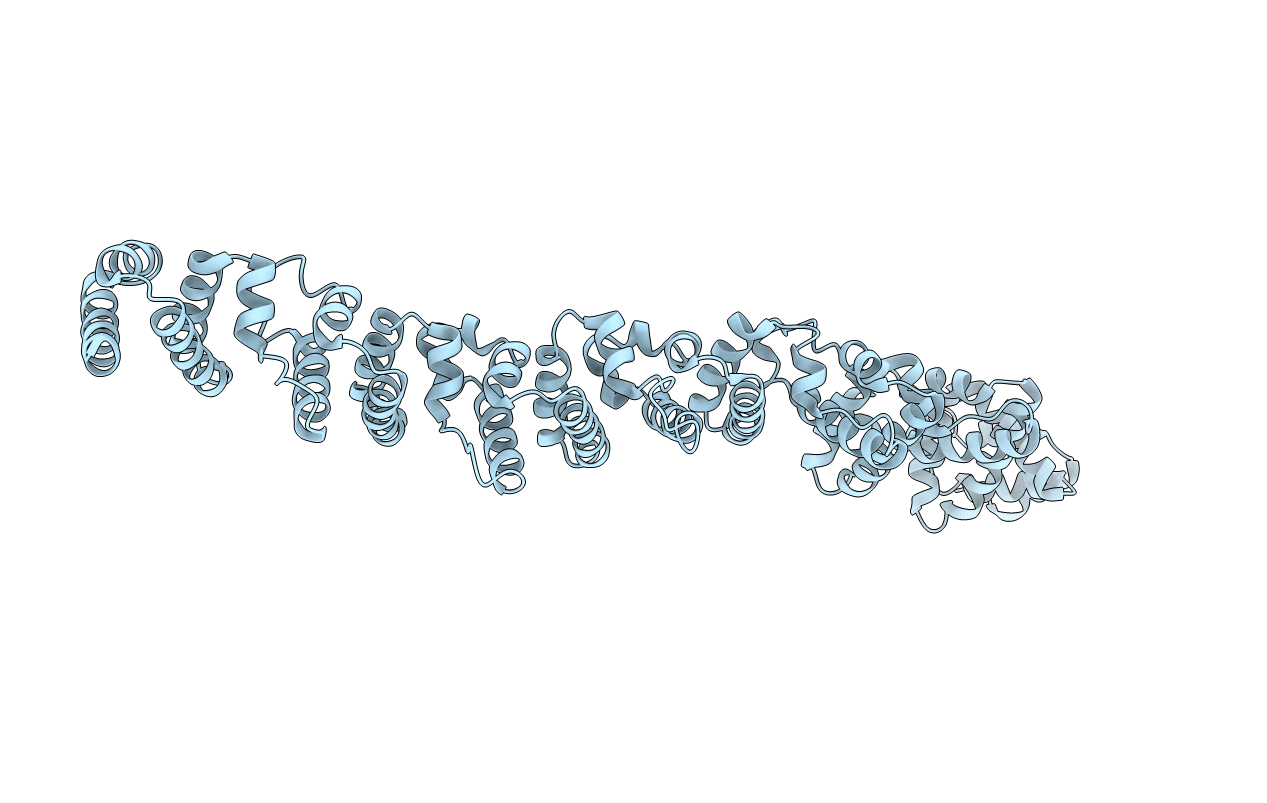
Deposition Date
2016-07-20
Release Date
2017-08-16
Last Version Date
2024-10-30
Entry Detail
Biological Source:
Source Organism:
Phytophthora sojae (Taxon ID: 67593)
Host Organism:
Method Details:
Experimental Method:
Resolution:
2.80 Å
R-Value Free:
0.26
R-Value Work:
0.20
R-Value Observed:
0.21
Space Group:
P 1 21 1


